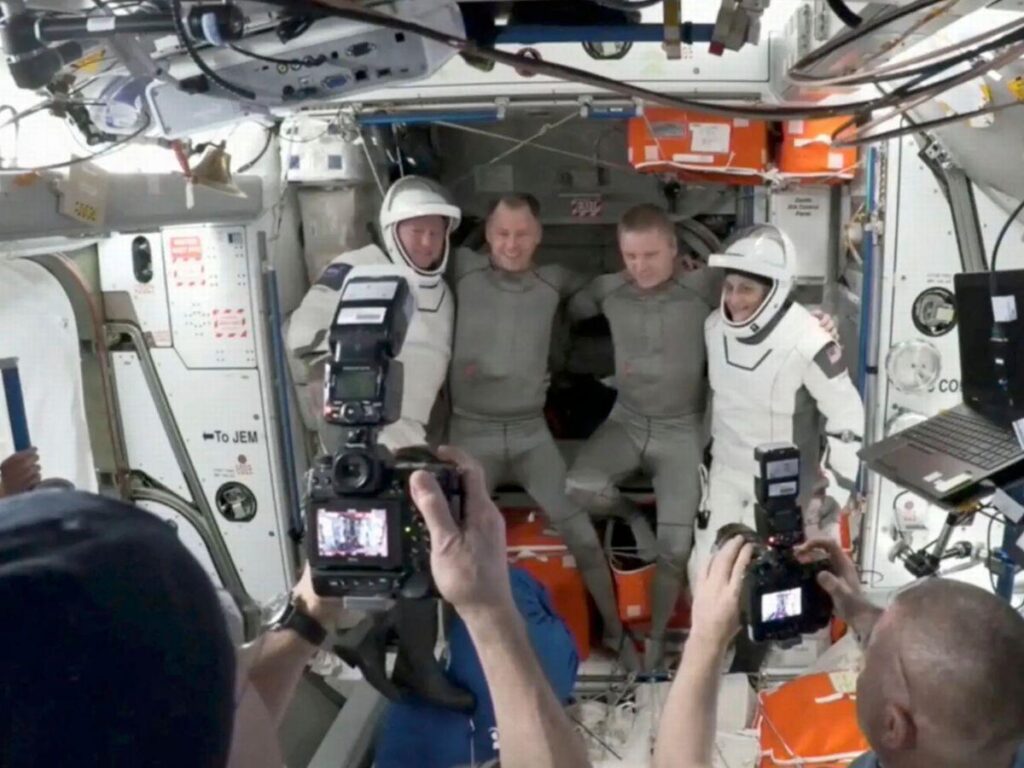In the vast,uncharted territories of human exploration,a revolutionary propulsion technology stands poised to catapult us beyond the boundaries of our current understanding. The fusion rocket, a marvel of scientific ingenuity, promises to bridge the gap between our technological present and a primordial past shrouded in mystery. As we edge closer to harnessing the raw power of nuclear fusion, we find ourselves on the brink of a journey that could unveil landscapes untouched since the dawn of human civilization—a world frozen in time, waiting to be rediscovered through the lens of cutting-edge innovation. In the vast expanse of human exploration, a groundbreaking technology promises to redefine our understanding of interplanetary travel. Fusion rocket propulsion stands at the precipice of transforming humanity’s cosmic ambitions, offering an unprecedented leap beyond traditional chemical and ion propulsion systems.Imagine a spacecraft powered by the same fundamental energy that drives our sun—nuclear fusion. Scientists are developing reactor designs that compress hydrogen isotopes into plasma, generating immense energy capable of propelling spacecraft at velocities previously unimaginable. This technology represents more than incremental progress; it’s a quantum leap in our ability to traverse astronomical distances.
Current rocket technologies are constrained by fundamental limitations of chemical fuel, which requires massive quantities of propellant to generate minimal acceleration. Fusion rockets,conversely,promise exceptional efficiency. By harnessing the power of nuclear reactions, these vessels could potentially achieve sustained acceleration that dramatically reduces travel times to distant planetary destinations.
Recent computational models suggest fusion rockets could cut transit times to Mars from months to weeks, fundamentally altering our approach to space exploration. The implications extend far beyond mere speed—these propulsion systems could enable human missions to the outer solar system with unprecedented practicality and reduced radiation exposure for crew members.
Technological challenges remain significant. Maintaining stable plasma containment, managing extreme temperatures, and developing materials capable of withstanding such intense nuclear reactions represent complex engineering hurdles. Yet, research institutions worldwide are making remarkable strides, with prototype designs showcasing increasingly promising results.
International collaborations between NASA, European Space Agency, and private aerospace companies are accelerating development.Advanced computational simulations and breakthrough materials science are progressively transforming theoretical concepts into tangible engineering solutions.
The potential societal impact extends beyond scientific achievement. Fusion rocket technology could represent a pivotal moment in human technological evolution, comparable to the transition from sail to steam-powered maritime navigation. It symbolizes humanity’s persistent drive to explore, understand, and expand our collective horizons.
As research progresses, we stand on the cusp of a transformative era in space exploration. Fusion rockets embody our species’ most audacious dreams—transcending terrestrial limitations and reaching toward cosmic frontiers once considered unreachable.The journey from conceptual design to operational spacecraft represents more than technological innovation; it’s a testament to human ingenuity and our relentless pursuit of knowledge.






